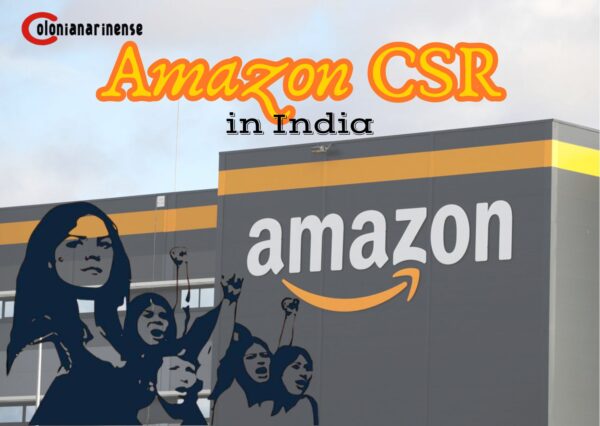Green marketing is when a company intentionally focuses on making its products or processes eco-friendly and then highlights these efforts to attract customers who value sustainability. Lately, more businesses have adopted green marketing, especially in markets like India, where demand for sustainable products is on the rise. But why exactly are companies going green, and what are the pros and cons of this approach?
If you’re curious about the benefits and challenges of green marketing, read on for a complete breakdown.
Green Marketing: Pros
Let’s start with the positive side of green marketing and why it remains a relevant and effective strategy, especially in large and environmentally conscious markets.
- New Opportunities and Customer Appeal
Green marketing resonates strongly with today’s eco-conscious customers. In India, more consumers seek products that are planet-friendly, so companies that go green are appealing to a growing market, potentially increasing their customer base. - Increased Profit Margins
Younger generations, in particular, are willing to pay a bit more for sustainable products. This trend has made green products a profitable segment, as people look to buy items that align with their environmental values. - A Competitive Edge
Green marketing allows companies to stand out. Being known for eco-friendly products doesn’t just attract those already invested in sustainability but also draws in a broader customer base, making it a way to stand out in competitive markets. - Building Customer Loyalty
Customers are more likely to stay loyal to brands that are mindful of their impact on the environment. In India, as awareness around sustainability grows, many people feel a stronger bond with brands that make sincere efforts to protect the planet. - Positive Environmental Impact
The ultimate goal of green marketing is to minimize environmental damage. This can involve using fewer resources, cutting down on waste, or opting for sustainable energy sources—all of which make a meaningful contribution to the planet. - Long-Term Cost Savings
Although going green might seem expensive initially, sustainable practices can reduce costs over time. For example, companies can lower utility costs by adopting solar power or recycling initiatives. In India, where cost savings are significant for businesses, this is a huge plus.
Green Marketing: Cons
Now, let’s look at some of the challenges associated with green marketing that companies should consider.
- High Initial Costs
Shifting to green practices requires a substantial upfront investment. From product development to production changes, going green isn’t cheap. For smaller businesses in India, the cost can be a significant barrier, and returns might not be immediate. - Market Risks
Going green can be risky. Eco-friendly products often cost more, and not all consumers are willing to pay the premium. While awareness is increasing in India, price sensitivity remains high. If a green product doesn’t gain traction, companies could suffer financial losses. - Costly Certifications
Products marketed as “green” usually need certification, and obtaining these certifications can be both time-consuming and costly. For businesses, especially those in energy and waste management sectors in India, certification costs may raise the price of products, making them less affordable to some consumers. - Greenwashing Concerns
Greenwashing is a tactic where companies appear to be more environmentally friendly than they actually are. In India, where consumers are increasingly aware of these tactics, false claims can lead to mistrust and harm brand reputation. True green marketing requires a genuine commitment to sustainable practices.
Conclusion
Green marketing offers companies a chance to connect with eco-conscious customers, make a positive environmental impact, and stand out in competitive markets. However, it’s essential to understand both the benefits and drawbacks. For businesses considering going green, a clear strategy and a commitment to genuine sustainability are crucial to ensure success without compromising consumer trust.
FAQs about Green Marketing
What exactly is green marketing?
Green marketing is when companies make their products or processes environmentally friendly and promote these efforts to attract consumers who prioritize sustainability.
Why has green marketing become so popular in recent years?
Green marketing has gained popularity as more consumers seek products that align with their environmental values, and businesses recognize the potential for increased customer loyalty and profit margins.
What are some common challenges companies face with green marketing?
Initial costs, certification fees, market risks, and potential accusations of greenwashing are some challenges associated with green marketing.
Does green marketing really make a difference environmentally?
Yes, green marketing can make a difference, especially when companies genuinely implement sustainable practices. By reducing waste, conserving energy, and sourcing materials responsibly, green marketing contributes positively to the environment.
Can small businesses in India afford to go green?
Going green can be costly upfront, but many sustainable practices lead to long-term cost savings. While it may be challenging initially, small businesses can benefit by adopting gradual changes toward sustainability.



